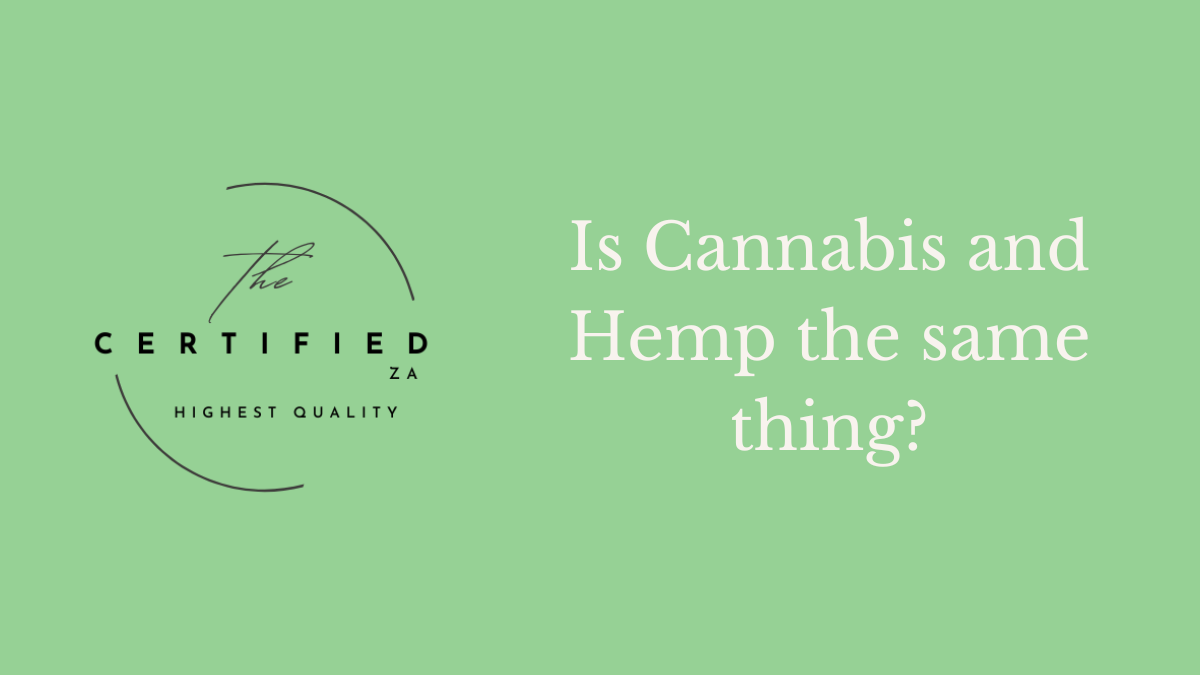
Last week, we explored the critical role of environmental controls in cannabis cultivation, discussing how managing factors like light, humidity, and airflow can transform your growing setup into a high-performing ecosystem. This week, we’re stepping back to consider a broader question—one that speaks to the very identity of the plant itself: Is cannabis and hemp the same thing?
This question is more than a matter of semantics; it’s at the heart of cultural, scientific, and legal debates worldwide. While cannabis and hemp share the same botanical classification (Cannabis sativa L.), legal definitions have imposed strict divides between their uses, limiting the potential of this remarkably versatile plant. In this article, we’ll explore their shared genetic origins, industrial and medicinal applications, and the legal frameworks that shape their cultivation. Asking the questions that many are avoiding.Things like if classifications are important to the entire industry, What can we do to change the current situation we are in, and do we really need to distinguish between the two?
The Genetics of Cannabis and Hemp
Scientifically, cannabis and hemp are two classifications of the same species, Cannabis sativa L. Their distinction is not rooted in botany but in human use and legal interpretation. Both hemp and cannabis contain cannabinoids such as tetrahydrocannabinol (THC) and cannabidiol (CBD), but it’s the concentration of THC—the psychoactive compound—that differentiates them under most legal frameworks.
- Cannabis: Generally refers to varieties with higher THC levels (typically over 0.3%), cultivated for recreational, medicinal, and therapeutic purposes. Other known terms are Marijuana, Mary Jane, Doob, and The sticky icky – amongst others
Hemp: Refers to varieties bred for industrial use, with THC levels below the legal threshold of 0.3% and in some countries 0.2%. Hemp plants are often taller, with fewer flowers, optimized for fibre and seed production. In South Africa, there are so many things to be said about this % concentration. Our landrace cannabis that thrives has a low THC % but is still too highly concentrated to be used as an industrial application. More on this below.
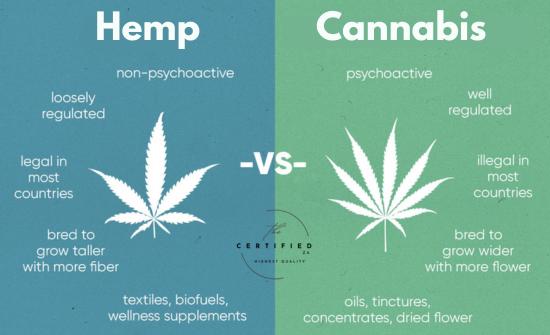
The genetic divergence between cannabis and hemp reflects selective breeding rather than natural evolution. Industrial hemp strains are bred to minimize THC and maximize stalk and seed output, while cannabis cultivars focus on resin-rich flowers containing higher cannabinoid concentrations. I believe it is due to the legal framework set up over the years that breeders had to ensure such drastic splits in their genetics. If we simply recognized that industrial plant application does not include human consumption of the product then it should already be ‘ok’ to use. A brick made from cannabis-grown Hurd is not going to get you high…
This has me wondering why our permissions are so strict, even after all our research has been done to date. If you have any answers regarding this. Let us know in the comment section below.
The Multifaceted Uses of Cannabis and Hemp
Cannabis and hemp are remarkably versatile, capable of serving both medicinal and industrial purposes. This dual potential has been overshadowed by legal restrictions that narrowly define their applications.
Industrial Applications of Hemp
Hemp’s historical significance lies in its industrial applications. The long fibres in hemp stalks have been used for textiles, ropes, and paper for centuries, while the seeds are valued for their oil and nutritional content. Modern uses of hemp include:
- Bioplastics: Sustainable alternatives to petroleum-based plastics.
- Construction Materials: Hempcrete, an insulating and eco-friendly building material.
- Biofuels: Renewable energy sources derived from hemp biomass.
- Agricultural: From animal bedding to animal feed, mulch and fertiliser.
Medicinal and Recreational Uses of Cannabis
Cannabis varieties bred for higher THC or CBD concentrations are prized for their psychoactive and therapeutic properties. CBD-rich strains have gained global recognition for their potential in managing anxiety, chronic pain, and epilepsy. Today, the challenge behind a full-spectrum CBD cannabis strain still exists, due to the THC concentration. Regardless of whether or not a CBD-full Spectrum is psychoactive or not – which isn’t due to its high CBD concentration. It is still classified as cannabis and has to go through the strict rules of medical cannabis. Meanwhile, THC-dominant varieties are celebrated for their euphoric effects and medicinal benefits, including appetite stimulation and nausea reduction.
Cross-Functional Potential
In theory, cannabis plants cultivated for medicinal purposes could also yield industrial byproducts like fibre or seed oil. However, legal constraints often force growers to focus on a single purpose, leaving much of the plant’s potential untapped. We know that industrial hemp has medical benefits and that to date the industry is extracting CBD and CBG out of these hemp varieties for therapeutic and other medical uses. It is only natural then that some sativa landraces that grow tall. Strains like the Transkei, Durban Poison, Rooibaard and Congolese Gold strains will do really well for fibre and other industrial applications.
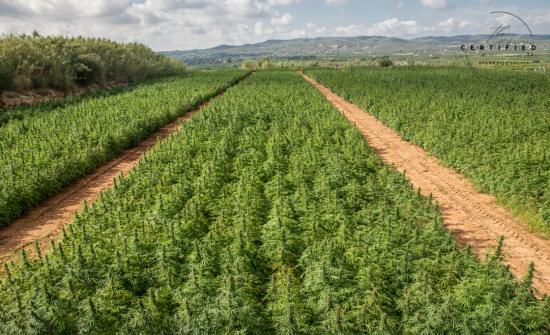
Legal Frameworks and Their Impact
The divide between cannabis and hemp is largely a product of legislation rather than science. Many countries, including the United States, use THC concentration as the defining factor. This binary classification often restricts the cultivation of cannabis strains that could serve both medicinal and industrial purposes, limiting innovation.
For instance, in South Africa, where cannabis and hemp cultivation is permitted under strict conditions, the legal framework primarily focuses on THC thresholds and licensing requirements. These restrictions prevent growers from exploring dual-purpose strains that could maximize the plant’s versatility. It is also forcing local growers who wish to apply industrial use to their landrace strains to import varieties from elsewhere. As there is just not enough hemp seed in the country. Although the ARC (Agricultural Research Council) has made strides to produce a South African Hemp strain, these are very far from reaching the public domain for commercial use and in my humble opinion, it would be better to use what we already have.
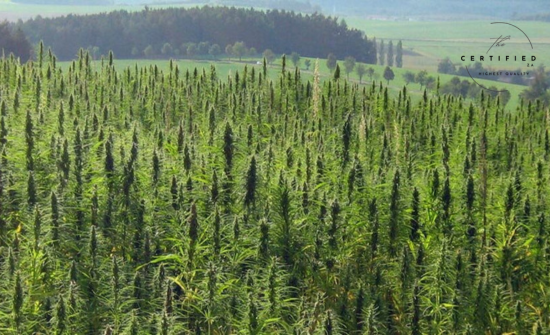
Some experts in the cannabis and hemp fields are advocating for an increase in the THC concentration to help alleviate the strict pressure we currently face when growing hemp. In Africa in general, our sun is nothing to play with. Due to the fact that THC is also a natural defence barrier for cannabis, when subjected to harsh intense sun, the hemp plants will naturally increase their THC concentration levels. Some have suggested 1% as a new concentration to uphold the hemp classification. But I think it should be based on permissions and agricultural practices.
Bridging the Divide: A Case for Unified Cultivation
Revisiting how we define cannabis and hemp opens the door to more sustainable and innovative cultivation practices. By recognizing their shared potential, growers can:
- Maximize Plant Utilization: Cultivate strains that produce high-quality flowers while also yielding fiber or seed oil.
- Promote Sustainability: Reduce waste by utilizing all parts of the plant, from flowers to stalks and seeds.
- Encourage Research: Expand breeding programs to develop strains optimized for both industrial and medicinal applications.
The economic opportunities that will unlock if both hemp and cannabis was put under one umbrella and permissions were based on your purpose for production, everyone would still have to have medically approved spaces to do medical cannabis, but this wont exclude them from the industrial market. The same way it is being done for hemp. If you wish to grow hemp for industrial purposes your permissions is set based on your land and rights to farm. The hemp farmer can grow this plant for seed and use this for both human consumption and industrial purposes. The food stuffs will just go through the regular food stuff legal hurdles, same as maize would. This hemp seed oil for example has major medical benefits. So why should the cannabis cultivator be restricted to only medical applications?
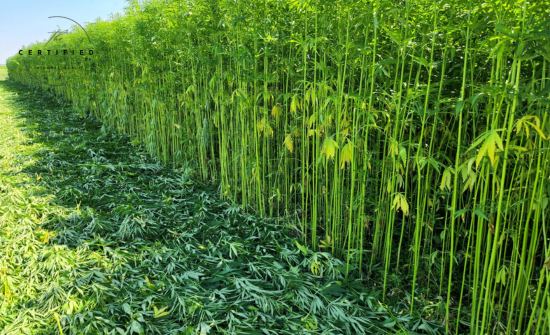
Cannabis and hemp are two sides of the same coin—botanically identical, yet treated as distinct entities by society and the law. While legal frameworks continue to emphasize their differences, it’s time to focus on their shared potential. A unified approach to cultivation could unlock new opportunities for sustainability, innovation, and economic growth.
As we reflect on this broader perspective, it’s clear that the path forward requires not just better cultivation practices but also a reevaluation of how we define and regulate this extraordinary plant. Whether for medicine, industry, or both, cannabis and hemp are poised to redefine the future of agriculture.
